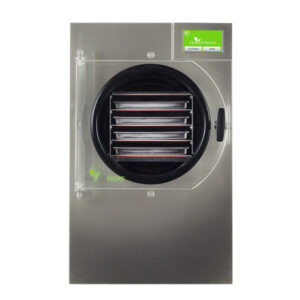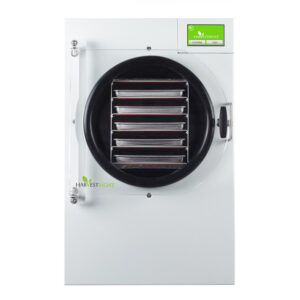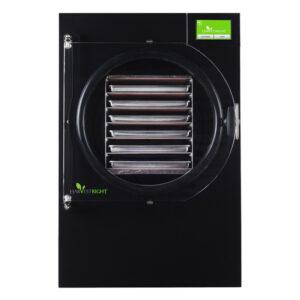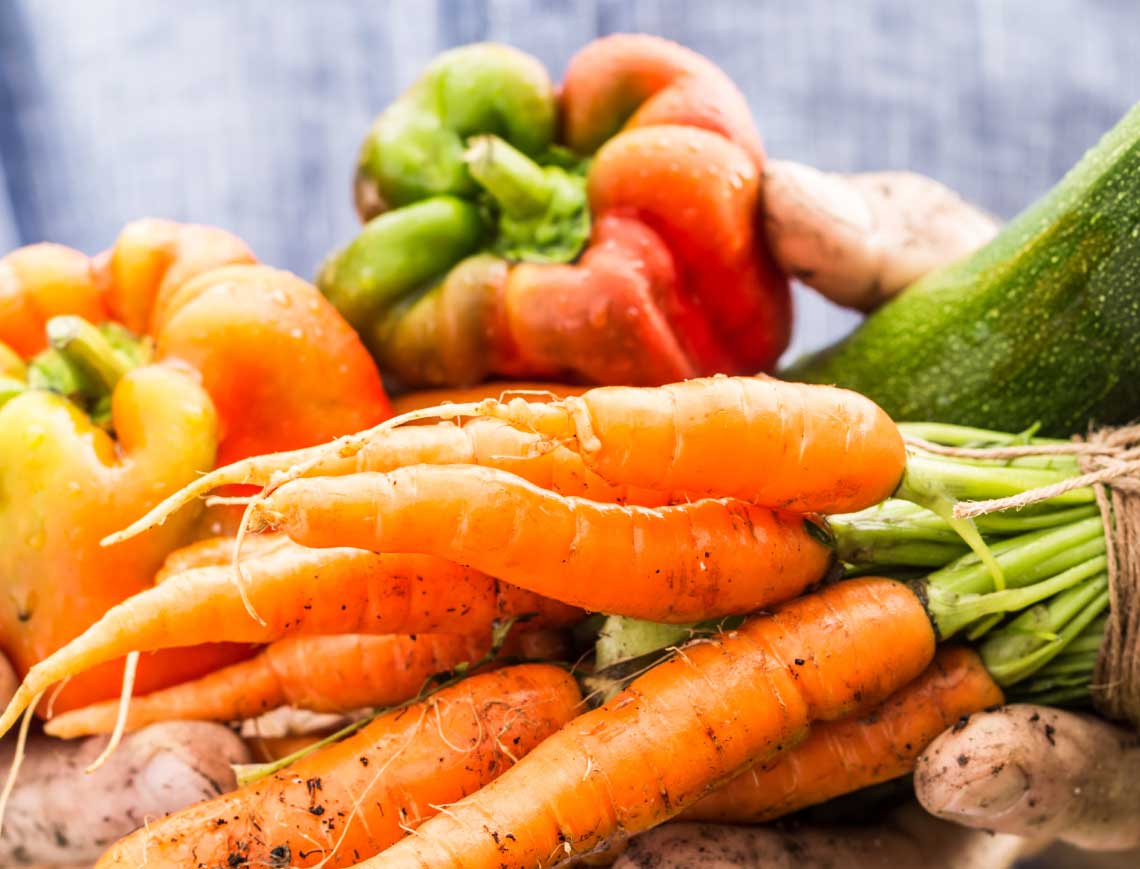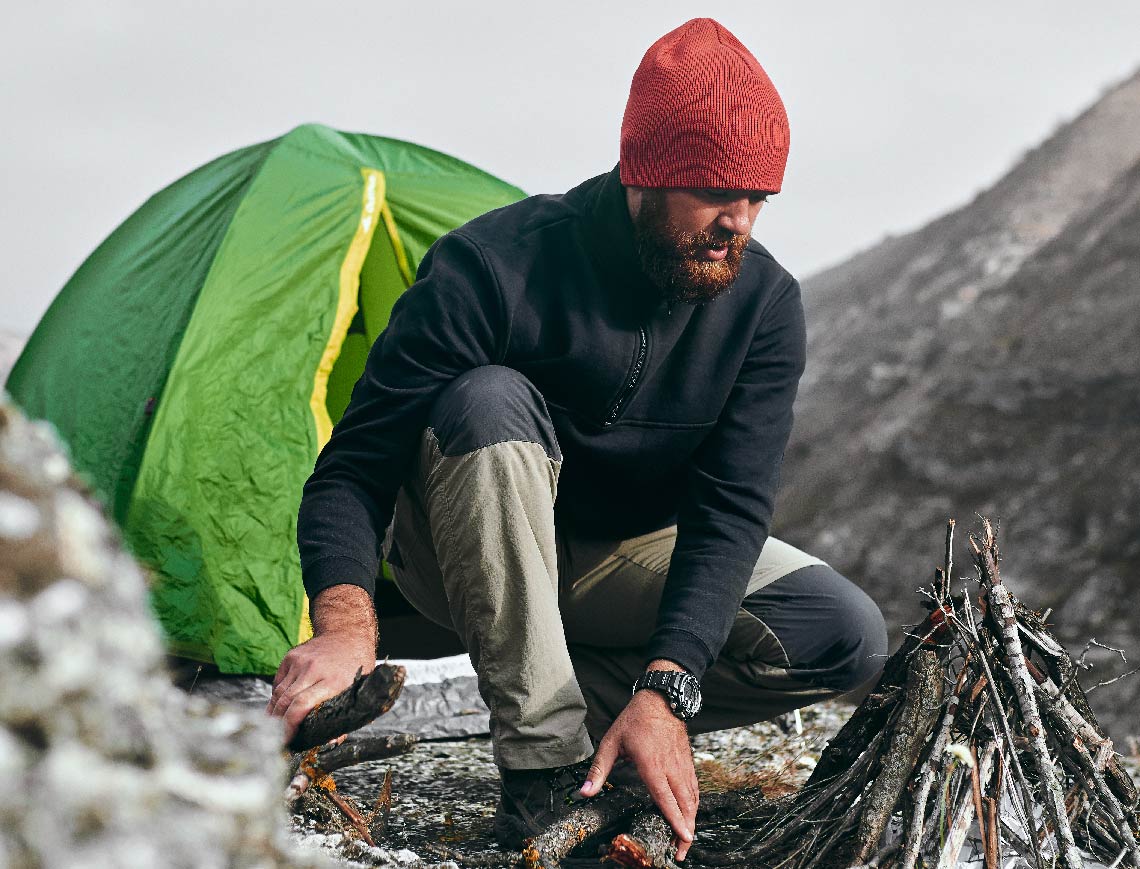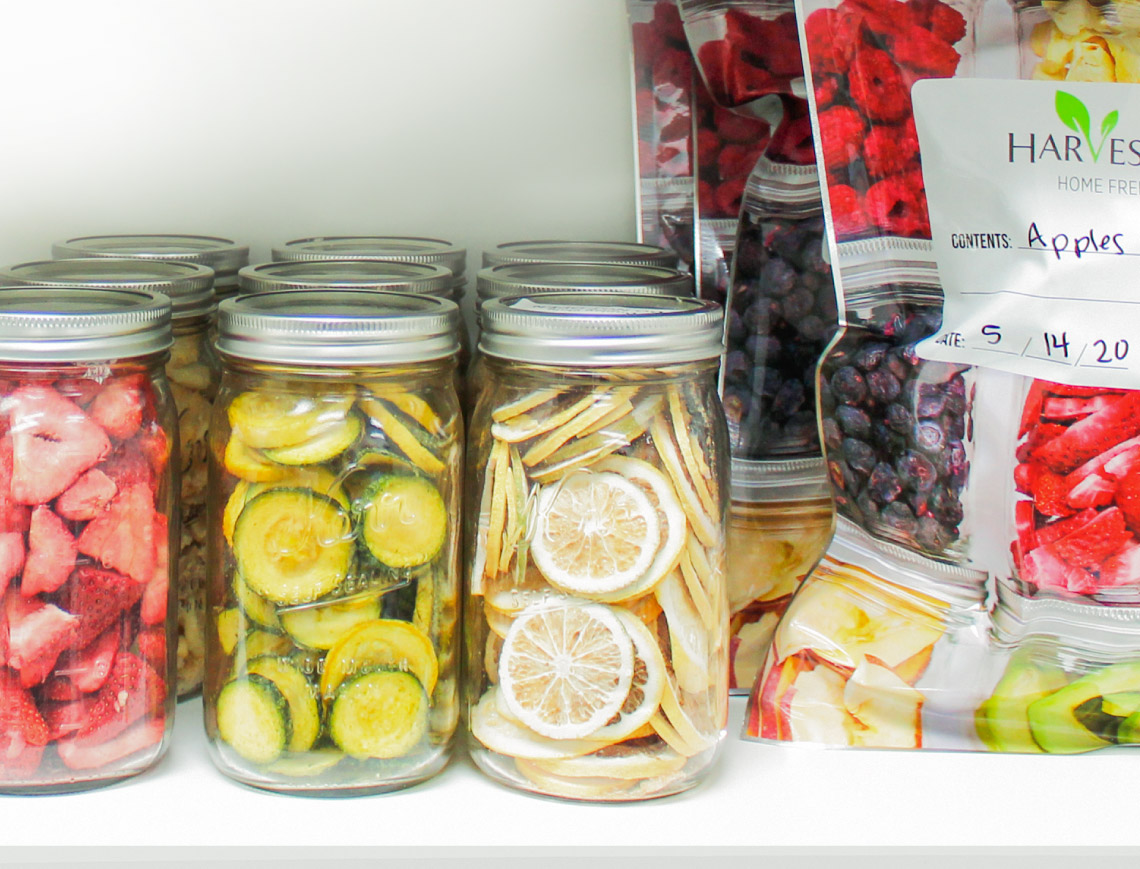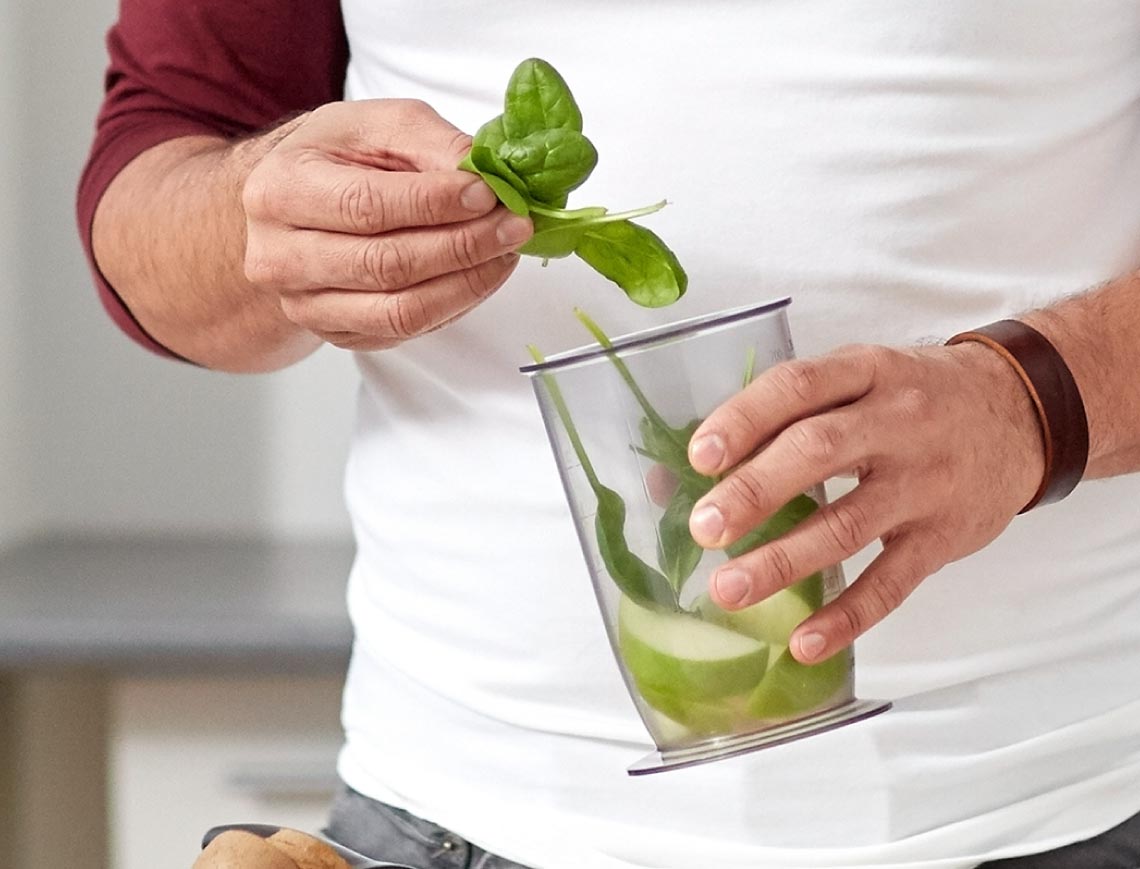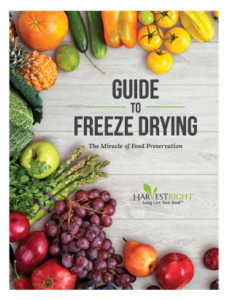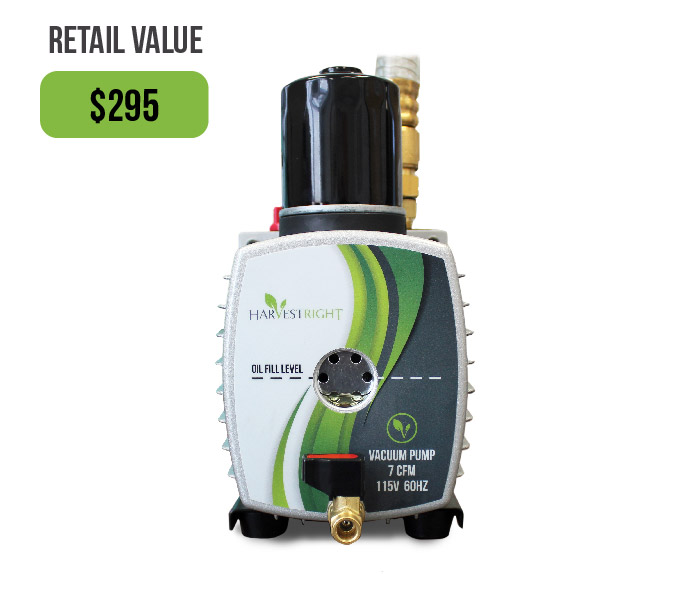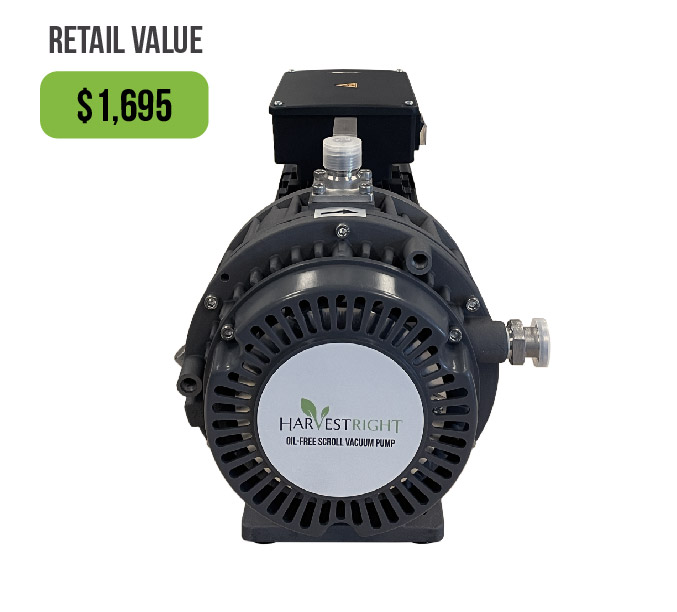Freeze Drying vs Dehydrating:
What's The Difference?
There’s a common misconception that “dehydrated food” and “freeze-dried food” are the same, but they are not. Knowing the difference helps when deciding how to store and preserve food for your family.
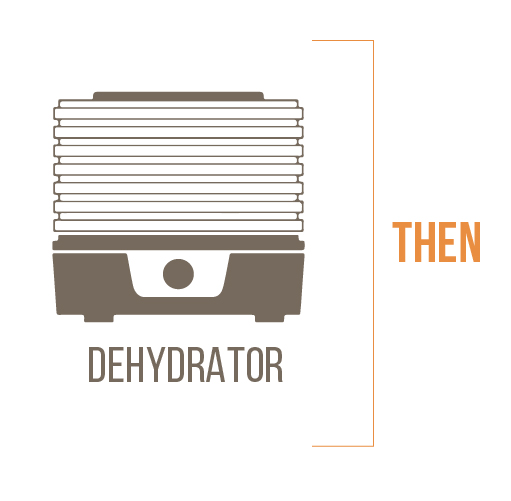
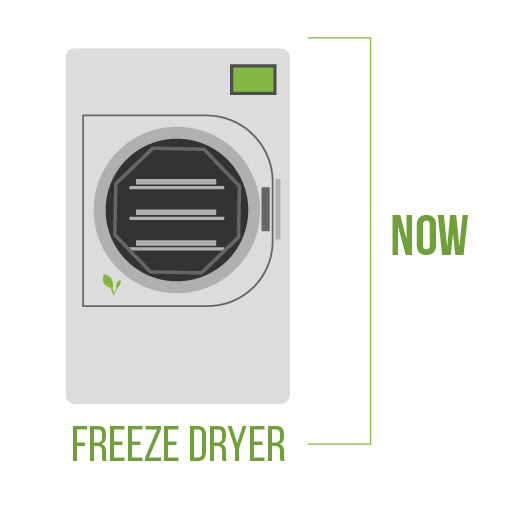
History of dried foods
With any type of long-term food preservation, moisture needs to be removed from the food. Ancient civilizations discovered this and developed the early systems for drying foods that we still use today.
Dehydrating is said to have been in practice since 12,000 B.C. Romans and other Middle Eastern populations would dry fruits and vegetables in “still houses,” using fire to dry out and smoke the foods.
By comparison, freeze drying is a relatively modern process, the freeze drying process was first effectively used during World War II as a way to preserve blood plasma, medicine, and eventually food for the troops.
Dehydrating is said to have been in practice since 12,000 B.C. Romans and other Middle Eastern populations would dry fruits and vegetables in “still houses,” using fire to dry out and smoke the foods.
By comparison, freeze drying is a relatively modern process, the freeze drying process was first effectively used during World War II as a way to preserve blood plasma, medicine, and eventually food for the troops.
The Difference Between Dehydrating and Freeze Drying
The main objective with food preservation is to remove moisture so that it doesn’t decompose or grow bacteria and mold. Doing that without destroying the food’s basic composition adds to both shelf life and the nutritional value of the food.
Dehydration in poorly built dehydrators removes about 70% of the water. In this situation, the food is only good for a few months. Home freeze drying with a Harvest Right removes 99% of the water. Most home dehydrated products like dried fruit, meat, and vegetables have a shelf life of 1 year or less. Those same foods preserved with a freeze dryer have a 15 to 25 year shelf life.
Dehydration in poorly built dehydrators removes about 70% of the water. In this situation, the food is only good for a few months. Home freeze drying with a Harvest Right removes 99% of the water. Most home dehydrated products like dried fruit, meat, and vegetables have a shelf life of 1 year or less. Those same foods preserved with a freeze dryer have a 15 to 25 year shelf life.
Benefits of Freeze Drying:
- REMOVES 99% OF MOISTURE
- RETAINS NUTRITION
- 15+ YEARS OF SHELF LIFE
Freeze-dried foods retain the vast majority of the vitamins and minerals found in their original state. Freeze-dried food retains its nutrition because of the “cold, vacuum” process that is used to extract the water. Whereas, the nutritional value of dehydrated food is generally around 60% of equivalent fresh food. This loss is largely due to the heat used during dehydration which breaks down the food’s vitamins and minerals.
An interesting aspect of freeze drying is that it doesn’t change the look or the taste of the food. If you freeze dry a turkey dinner that includes big slices of turkey, mashed potatoes, gravy, stuffing, and corn, when it is rehydrated and ready to eat, it will taste the same as if you had just made the dinner. It is wonderful. And, that could be 10 years after you freeze dried the meal.
Another difference is weight. Freeze-dried foods weigh a lot less than dehydrated foods, which makes them easier to carry and store. This is especially important when camping or hiking.
An interesting aspect of freeze drying is that it doesn’t change the look or the taste of the food. If you freeze dry a turkey dinner that includes big slices of turkey, mashed potatoes, gravy, stuffing, and corn, when it is rehydrated and ready to eat, it will taste the same as if you had just made the dinner. It is wonderful. And, that could be 10 years after you freeze dried the meal.
Another difference is weight. Freeze-dried foods weigh a lot less than dehydrated foods, which makes them easier to carry and store. This is especially important when camping or hiking.
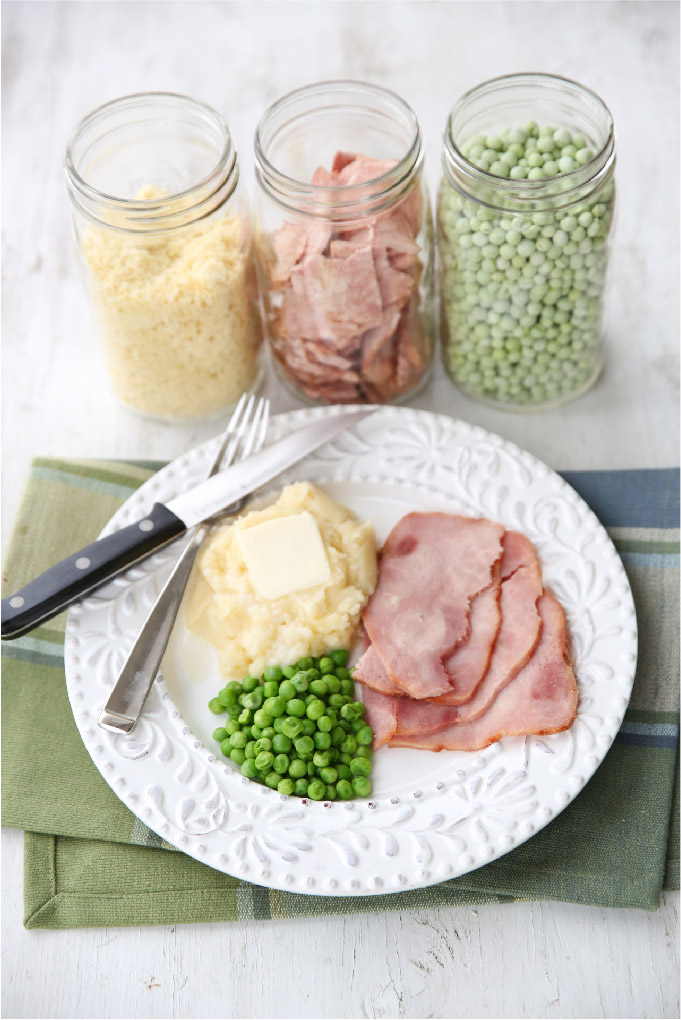
Why You Should Choose Freeze Drying
Perhaps the best argument for freeze drying is variety. Almost any food can be freeze dried for preservation and food storage. Meats, fruits, vegetables, desserts—even full meals. And, freeze dried meals, meats, dairy, eggs, and vegetables rehydrate quickly, sometimes almost instantly.
You can freeze dry cottage cheese and store it without refrigeration—sour cream too. Scrambled eggs with cheese? No problem! Freeze drying is the best way to preserve and store dairy and eggs. Whereas, it is very difficult to dehydrate these foods.
When you consider that almost 40% of food that families purchase is wasted, preservation of leftovers and ripening fruits and vegetables starts to feel essential. Food gets thrown out for a lot of reasons. Families make or buy too much food to start with, fail to reheat leftovers, or simply forget about food in the back of the fridge or on the counter until it goes bad. A home freeze dryer, can be used to easily eliminate these problems, thus saving families time and money. Now you can preserve all your leftovers and ripening food.
You can freeze dry cottage cheese and store it without refrigeration—sour cream too. Scrambled eggs with cheese? No problem! Freeze drying is the best way to preserve and store dairy and eggs. Whereas, it is very difficult to dehydrate these foods.
When you consider that almost 40% of food that families purchase is wasted, preservation of leftovers and ripening fruits and vegetables starts to feel essential. Food gets thrown out for a lot of reasons. Families make or buy too much food to start with, fail to reheat leftovers, or simply forget about food in the back of the fridge or on the counter until it goes bad. A home freeze dryer, can be used to easily eliminate these problems, thus saving families time and money. Now you can preserve all your leftovers and ripening food.
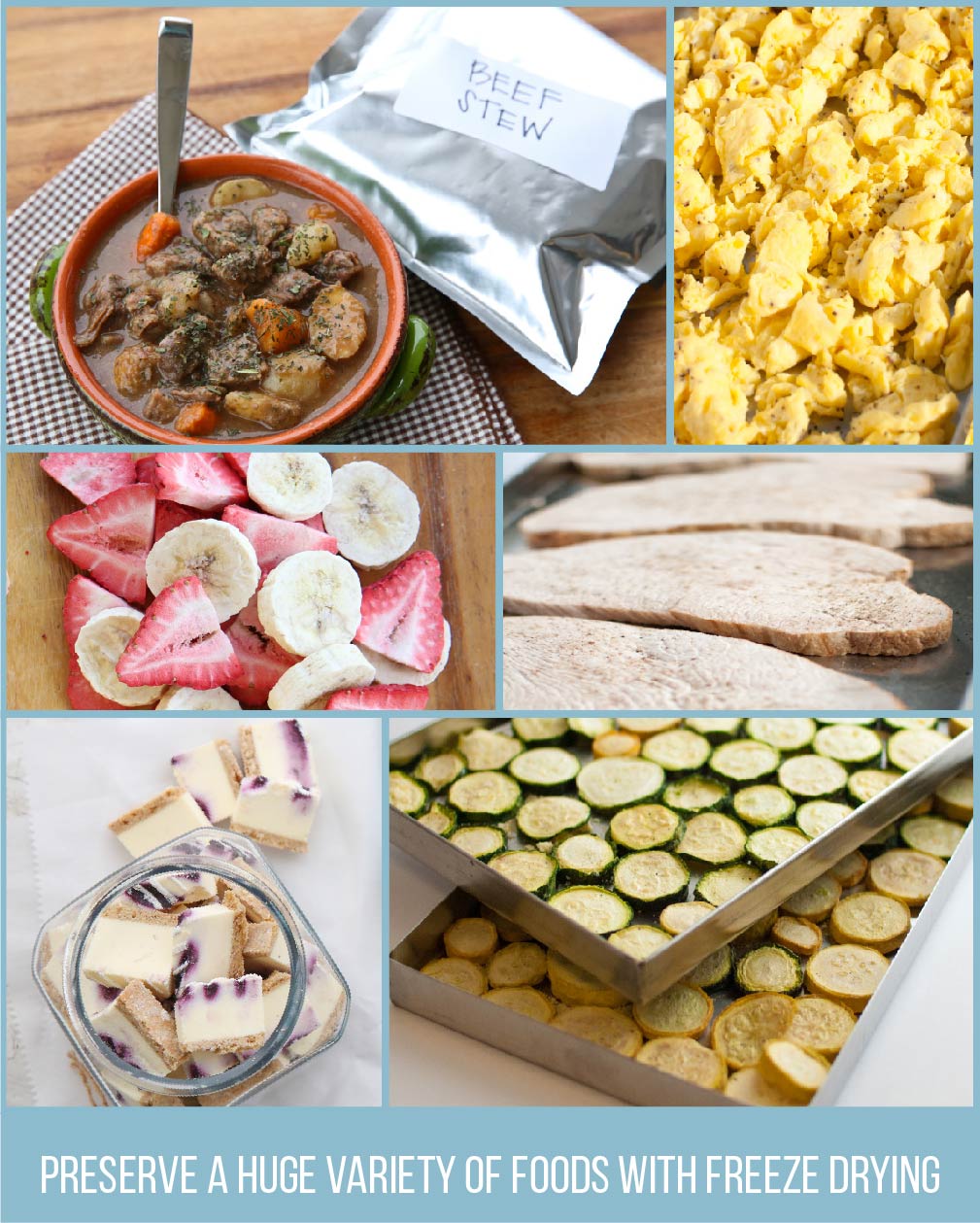
Freeze-dried foods offer a longer shelf life, lower moisture content, and generally taste better than dehydrated foods. Freeze-dried foods rehydrate faster and also retain their original shape, texture, and color. A far greater variety of foods can be freeze dried than can be dehydrated. Imagine trying to use a home dehydrator to preserve an ice cream sandwich, a raw egg, or cheese. It would fail miserably. Not so if freeze dried.
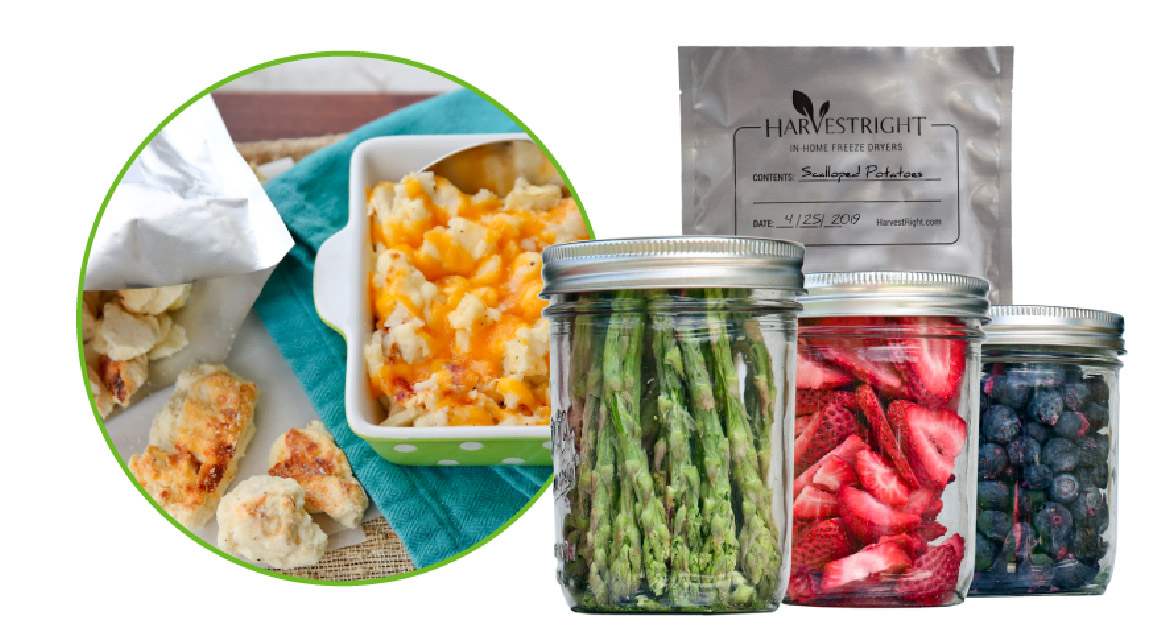
which freeze dryer is right for you?
Small Pro Freeze Dryer
starting at $$2,695 $2,295
Fresh Food Per Batch
6-10 lbs.
Fresh Food Per Year
Up to 1800 lbs.
Tray Space
434 sq. inches
Medium Pro Freeze Dryer
starting at $$3,195 $2,495
Fresh Food Per Batch
10-15 lbs.
Fresh Food Per Year
Up to 3000 lbs.
Tray Space
675 sq. inches
Large Pro Freeze Dryer
starting at $$3,895 $3,095
Fresh Food Per Batch
18-27 lbs.
Fresh Food Per Year
Up to 5000 lbs.
Tray Space
1107 sq. inches
freeze drying
fits every lifestyle
